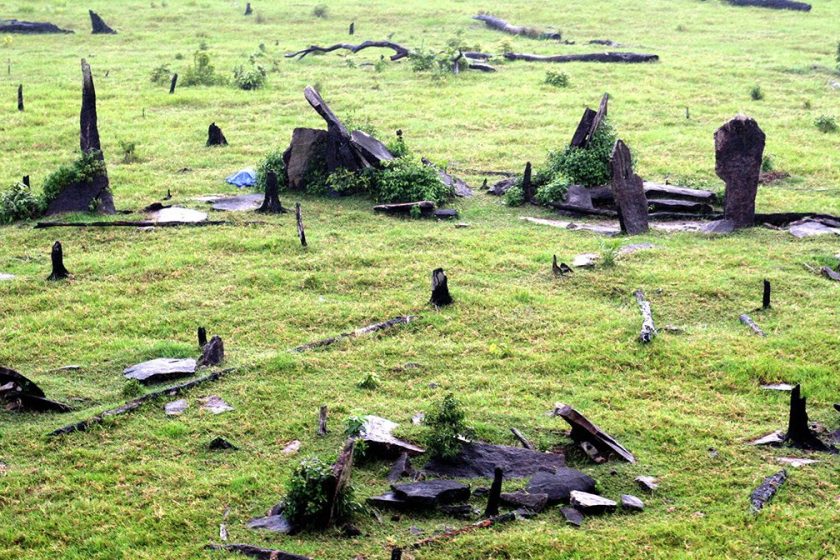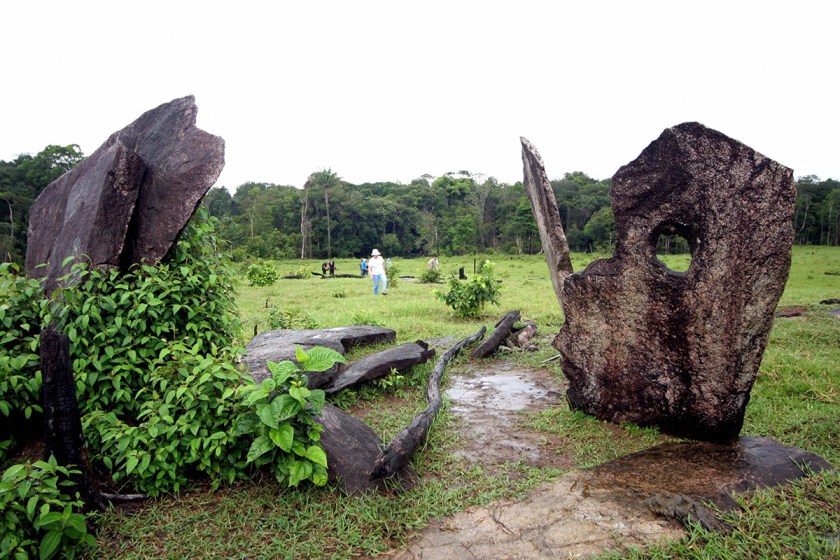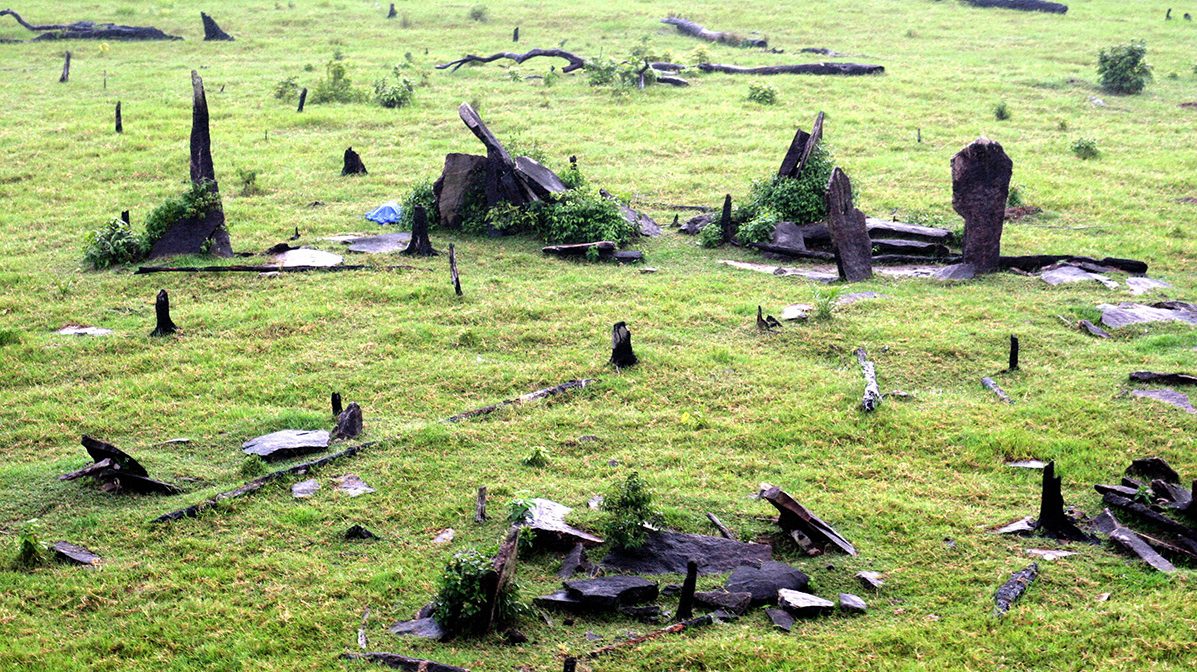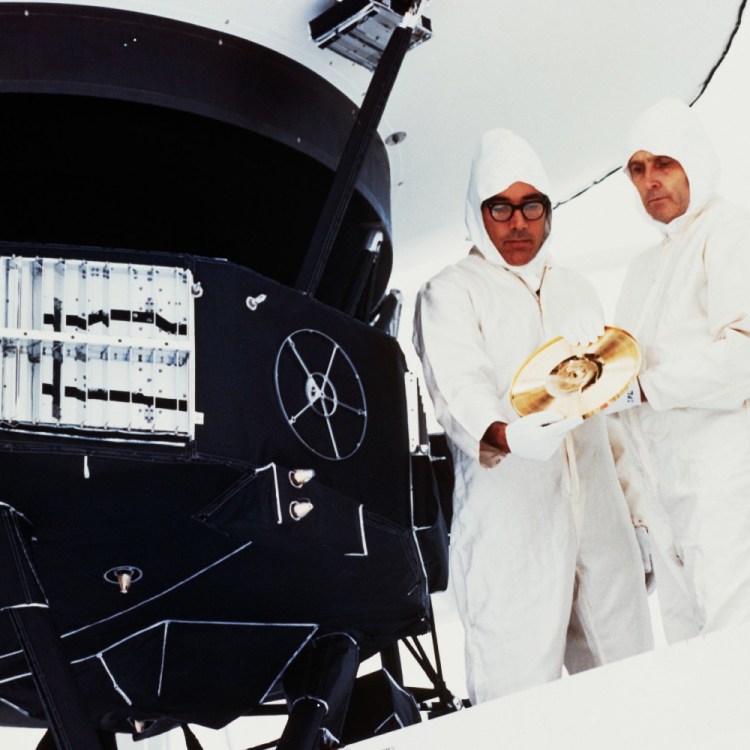
In the municipality of Calçoene in northern Brazil, a cattle rancher named Lailson Camelo da Silva found what would become known as the “Amazon Stonehenge.” It’s a series of 1,000-year-old stones that experts now believe to be a primitive observatory.
According to The New York Times, da Silva was removing trees in the late 1990s to make land for his cattle to graze on when he discovered the stones. (Or rather, rediscovered them. He said he had initially found them in the ’60s but avoided the site because he felt that it was sacred.) Researchers have only recently studied the stones.


Actually, this is just one in a series of amazing revelations in what was once assumed to be pristine Amazonian land. The Times reported the discovery of a series of land carvings in 2012. Scientific American described a “lost city” there in 2008. And Science magazine wrote about “networked villages” in 2003.
The discoveries were all made after a period of rampant deforestation in the Amazon in the early ’90s through the mid-’00s. Deforestation in the Amazon has kicked into gear again in recent years.
The Times has since taken a team to the Amazon’s “Stonehenge” site and interviewed its caretaker, da Silva. The newspaper has also shot a 360-degree video of the area. Watch it below.
iPad users should open the video in the YouTube app. For desktop users, we suggest viewing it in full-screen mode while wearing noise-canceling headphones to get the full effect.
This article was featured in the InsideHook newsletter. Sign up now.
























